
Upcoming luxury and performance car launches in 2017
JAGUAR I-PACE Silent Cat Launch: September 2017 What is it? As you may already know, the I-Pace is a brand new electric model from Jaguar. It has the
JAGUAR I-PACE
Silent Cat
Launch: September 2017
What is it?
As you may already know, the I-Pace is a brand new electric model from Jaguar. It has the suffix “PACE,” which in Coventry will be assigned to all cars with a raised ride height (since they have the F-Pace in the line-up now). In fact, even the top management of Jaguar referred to the I-Pace as an “SUV” at the global unveil of the car at the Los Angeles Motor Show in November 2016. Ironically, though, its ground clearance is 9-centimetres less than the F-Pace – which is referred to as a crossover by Jaguar. The overall silhouette, however, is that of a sports utility vehicle – with distinct coupe-like elements in its design. The tail section is tapered – like the Tesla Model 3 – which is designed to have a low coefficient of drag. Although comparing it with the Prius wouldn’t be entirely appropriate. But, of course, the most unique bit of the vehicle is its architecture – which bids farewell to a combustion engine.
How is it designed?
The I-Pace is a zero-emissions vehicle, propelled by electric motors on each axle, which draw power from a pack of Li-ion batteries. The firm claims that it’ll have a range of up to 500-kilometres. Dimension wise, it’s 4,680mm long, 1,890mm wide and 1,560mm high. But its wheelbase is a full 130mm longer than that of the F-Pace. Even then, it would be wrong to consider this a “utility” vehicle. The suspension is a double wishbone at the front and four-and-a-half links at the rear. Total power output will stand at 400bhp along with 700Nm of torque. 0-100km/h should be achieved in four seconds.
Why it is so important?
It’s the first electric powered vehicle by Jaguar. Its peculiarity? It was born in the Austrian plants of Magna Steyr.
 THE COUNTERPOINT
THE COUNTERPOINT
Maserati Levante GTS
A No-Volts Sporty Car
LAUNCH: Summer 2017
Another crossover-SUV, but this time a little ‘old school.’ There are no announcements of a plug-in hybrid, but what Maserati is preparing is a ‘pumped up’ variant that extracts as much as 600 horsepower from the current pertol engine. Most likely, it’ll be an enhanced version of the twin-turbo 3.8-litre V8 that now equips the Quattroporte GTS, which will be paired to an eight-speed automatic transmission.
 ELECTRIC RIVAL
ELECTRIC RIVAL
Tesla Model 3
A premium EV for everyone
Launch: End of the Year
Presented last May – with much fanfare – this is the third model from Tesla. It should go on sale in the global markets by December, but there are already rumours suggesting a delay of up to 12 months. With a range of 350-kilometres, the Model 3 aims to be around the price point of a 3 Series BMW.
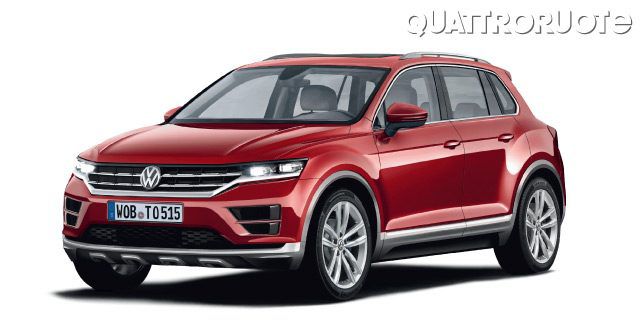 VW COMPACT SUV
VW COMPACT SUV
Beyond the Golf
Launch: End 2017
What is it?
There will be plenty of new SUVs coming out of Wolfsburg in the near future. This one will fill the gap between the Tiguan and the brand new compact SUV that will be built on the Polo platform. At VW, at least, they feel there’s enough space in the market for these many new SUVs – and the way the market is progressing, they’re probably right!
How is it designed?
It takes its cues from the Golf, which means that it’ll be built on the MQB platform. Sure, the Tiguan is also built on the same platform – but the new model grew even larger in size and became a full-fledged SUV, whereas this one will remain more of a crossover. It may even retain the name T-Roc, from the VW show car of not too long ago. But, of course, it’ll be much more than a raised Golf – in fact, think of it as being closer to the Audi Q2 rather than the Golf hatchback. Expect it to share powertrain options from other Golf variants, including the new 148bhp 1.5-litre TSI motor. The diesel version will feature 1.6 and 2.0-litre engines, mated to 7-speed DSG transmissions. And this crossover will be available with both front-wheel drive and 4Motion all-wheel drive.
Why is it so important?
In its second generation, the new Tiguan has grown considerably longer – leaving quite a large gap in the model range. And this new model will certainly bolster the SUV / crossover portfolio from VW, which appears to be expanding quite aggressively.
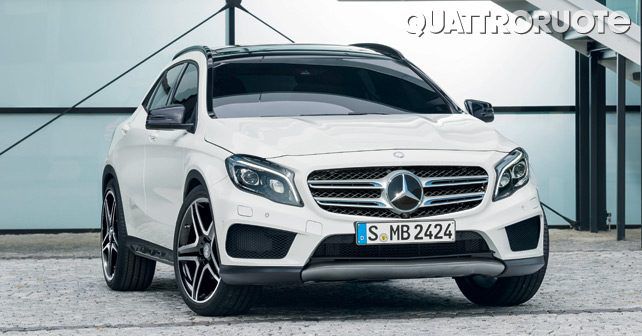 OTHER MUTANTS IN SIGHT
OTHER MUTANTS IN SIGHT
Mercedes GLA
More Brawn
Launch: April
Slightly longer than Volkswagen’s Golf-based SUV, and surrounded by a premium aura, will be the face-lifted GLA – which will be launched in Europe in April. Launched in 2014, on the A-Class platform, it now goes under the knife for a mid-life makeover. The changes are mainly aesthetic, such as new bumpers, LED headlights and redesigned wheels. On the other hand, the 2017 GLA has gained some additional new gadgets – including a 360-degree camera and an updated infotainment system, among other updates.
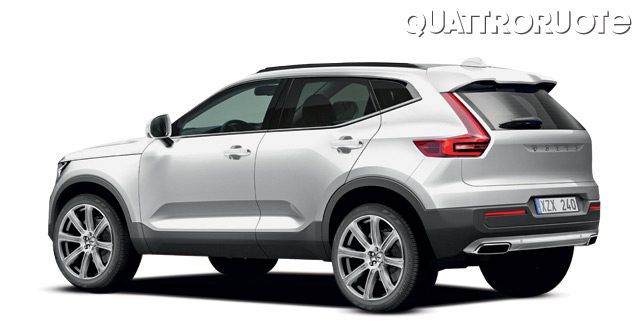 VOLVO XC 40
VOLVO XC 40
From Scratch
Launch: 2018
The XC 40 has been assigned the hard task of becoming the pathfinder for the new 40 series of cars from the Swedish automaker. These 40 series cars will be built on an unusual modular platform that it shares with Geely – the Chinese owners of the brand from Gothenburg. Among its advantages, the platform will be scalable and will be able to incorporate alternative propulsion options like a Hybrid Plug-in and a fully electric version from the get-go. The design will, of course, revolve around the standards set by the XC90 and S90, but with an additional touch of freshness.
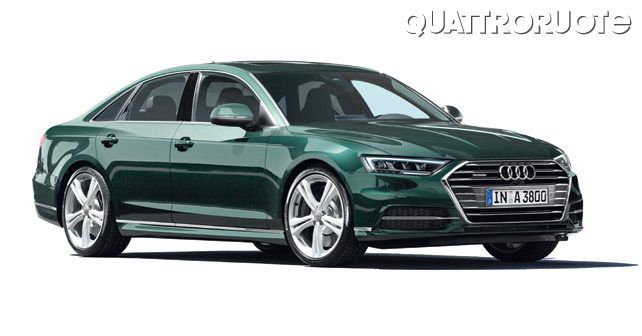 AUDI A8
AUDI A8
Playing Catch Up
Launch: End 2017
What is it?
Audi’s flagship sedan has been on the market since 2010. The latest generation – its fourth – will hit showrooms at the end of the year and will renew its fierce battle with the Mercedes-Benz S-Class and BMW 7 Series. The new A8, however, is more than just a generational change – here’s why.
How was it designed?
Dimensionally, it won’t deviate much from the current car. It’ll measure around 5,140mm in length, although with a more slender body that’s inspired by the Prologue concept that Audi presented at the 2015 Los Angeles Motor Show. It’ll showcase a completely new design language, and will be very unlike what we’re used to seeing from Ingolstadt. At launch, this new A8 will feature an extended and thinner front grille and accentuated fenders – emphasizing the Quattro element, which is the hallmark of the brand. Quattro, incidentally, will be standard on all variants. Powertrain options will include V6, V8 and W12 petrol engines and diesel V6 and V8 motors, with power outputs that should range from 270 to 560 horsepower. There’ll also be a 600+bhp S8 derivative, along with a plug-in hybrid variant. All versions will have a 48-volt alternator and an electric motor – which will support the turbo – in order to eliminate lag, as has been done with the SQ7. The dynamics will be a lot sharper, thanks to a revised suspension setup, torque vectoring and a selection of the latest generation of driving modes. But the most interesting aspect will certainly be the electronic assistance devices. The Audi A8, for the first time, will adopt an autonomous driving system rated at Level 3. This means that it will be able to make decisions, such as overtaking and lane changes, independently. In addition to that, the new A8 will receive a brand new user interface – featuring gesture and vocal controls.
Why it is so important?
For the simple fact that it’s the first model that will fully exhibit the new styling language of Design Chief Marc Lichte. Also, as mentioned already, the new A8 will become the first semi-autonomous Audi. Of course, it’s got the delicate task of catching up with the competition from BMW and, above all, taking the fight to the Mercedes-Benz S-Class – which itself is due for a facelift (see facing page).
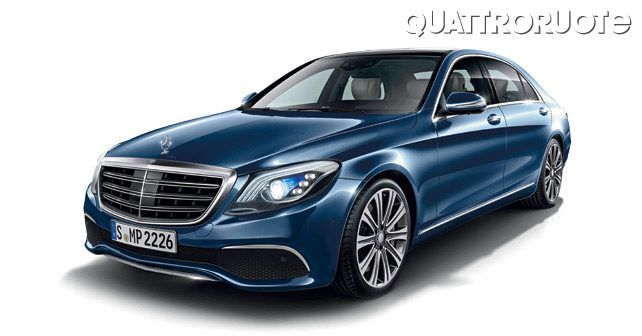 THE BENCHMARK
THE BENCHMARK
Mercedes-Benz S-Class
Six in-line for the Queen
Launch: March/April 2017
The most important innovation of the mid-life facelift of the S-Class (it debuted in 2013) cannot be seen in this rendering – and that’s because it’s hidden under the bonnet. The face-lifted S-Class will come with a 3.0-litre in-line six-cylinder petrol motor developing 408 horsepower, which replaces the 333bhp V6 engine of same displacement in the current model. Aesthetically, the changes are minor – such as a redesigned bumper and reprofiled headlights, with their ‘eyebrow-shaped’ daytime running lights and three strips of LEDs. The Multibeam matrix headlight technology will continue to be offered. And, inside, it’ll get two large touchscreen displays just like the new E-Class.
 ASPIRATIONAL
ASPIRATIONAL
BMW 6 Series GT
A new concept is born
Launch: September 2017
The 6 Series GT doesn’t belong in this category, since it’s built on the 5 Series platform. But we’ve included it here because it’s grown longer by 60mm, while the wheelbase is stretched by a full 90mm! The roof has also come down by about 50mm, and the tail has become more slender – much like a coupe. And, perhaps, this model could replace the 5 Series GT and the 6 Gran Coupe in one go.
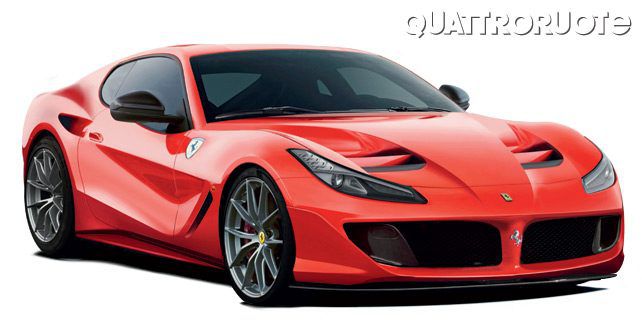 FERRARI F12 M
FERRARI F12 M
Second Coming
Launch: March 2017
What is it?
It’s a modified version – that’s what the M in its name stands for – of the F12 Berlinetta, which debuted in 2012. In short, it’ll be much more than a makeover but a little less than a new model. This has become an established practice at Ferrari these days – take, for instance, the recently launched 488 GTB or GTC4Lusso. Both these cars retained the architecture of the 458 and FF, but have been hugely modified so as to justify the name change.
How is it designed?
The base here remains unchanged from the original F12 Berlinetta, meaning the architecture still follows the front-engine – a 65-degree naturally aspirated V12 motor – rear-wheel drive layout. This tradition, of course, dates back to the dawn of Ferrari – before the supercar business had the “Miura” effect, and engines moved from the bonnet to behind the driver. Coming back to the F12, the proportions of the M remain pretty much unchanged – it still has an extended cab and a long hood. Most of the changes are cosmetic, but also bring substantial aerodynamic gains. The test mules that have been spotted so far have successfully hidden the improvements, making it all the more difficult to understand what truly lies under the camouflage. Having said that, here are the changes that we’re expecting to see on the bodywork of the new F12M. First of all, there’ll be two large air-intakes on either side of the bonnet. As you can see in the rendering, the sides would be far more excavated. The openings on the rear fenders also have an aerodynamic function, which is mainly to increase the downforce as the speed builds. The Style Centre, headed by Flavio Manzoni, however, always manages to impress us – and we’re confident that it’ll do the same this time around as well. Just be ready for more surprises, as always!
Why is it so important?
Because it’s a Ferrari – a V12 Ferrari. That’s it. It won’t revolutionize the hypercar market, but, you never know, there could well be a turbocharged V8 version as well on offer – like the GTC4Lusso. But there’s no information on this as yet.
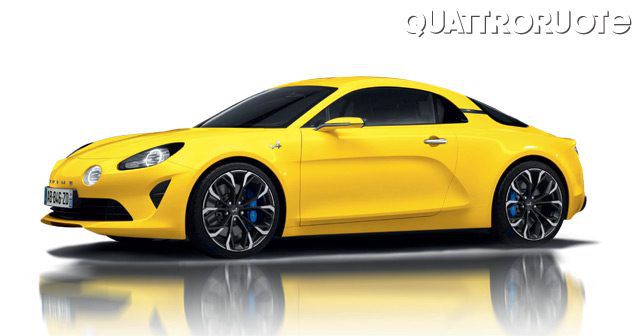 SPORT NOSTALGIC
SPORT NOSTALGIC
Renault Alpine
Porsche in its Cross Hairs
Launch: March 2017
Eleven hundred kilograms, 250 horsepower (a bit more in the extreme version), aluminium and carbon fiber chassis, mid-engine, and 0-100km/h time of 4.5 seconds – these are the few details that we know about this “Berlinetta” that’s going to revive the famous A110 of the ‘60s as well as the multiple rally winning sports car from the early 70’s. From what we can gather, it’ll be an out-and-out fun car, while staying true to Renault’s idea of a sports car – with more focus on agility and lightness than outright power. The price is expected to be just as “honest” as in the days past, meaning that it should cost about the same as the Porsche 718.
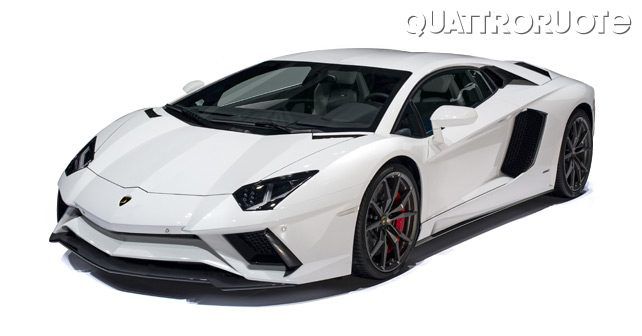 V12 FROM SANT’AGATA
V12 FROM SANT’AGATA
Lamborghini Aventador S
Bitter Rivals
Launch: March 2017
The Aventador and F12 have much in common. Both come fitted with fire breathing 12-cylinder engines. But there are some key differences – the Lambo has a mid-mounted V12, as opposed Ferrari’s classic front-engine layout. And while the V12 in the Aventador sends its fury to all four wheels, in the Ferrari only the rear axle gets all the firepower. But, like the F12, the Aventador has recived a makeover – and has received a bump of around 30bhp. The updated Aventador is set to be showcased to the public alongside the Ferrari F12 M at Geneva this year – although, changes on the Aventador are not as extensive as on the Ferrari. Simply put, it is a classic case of a facelift – new bumpers and a few tweaks elsewhere. In any case, the end result is an even angrier and more extreme version of the current car – and comes with an S suffix. The Aventador S will now be the “normal” version, while the SV (Super Veloce) will continue to be the go-faster version. The S, however, gets the same front bumper, additional air intakes on the rear pillars and a new spoiler that, beyond the aesthetic function, improves downforce.
BIRTHDAY GIFT
A Dino perhaps?
The California T was added to Ferrari’s range in 2014, and it was the first model in a long time to go the turbo route. But an insider tells us that Ferrari is already working on its heir, which is set for its global unveil in 2018. However, since 2017 marks the seventieth anniversary of Ferrari, we may get our first look of the California T replacement this year itself. Or, as some other sources claim, the replacement of the California T will be a modern-day take of the Dino.
So, what will Ferrari give as a present to itself? Well, only time will tell...
© Riproduzione riservata
Also read: Lynk & Co – The Carmaker of the Future


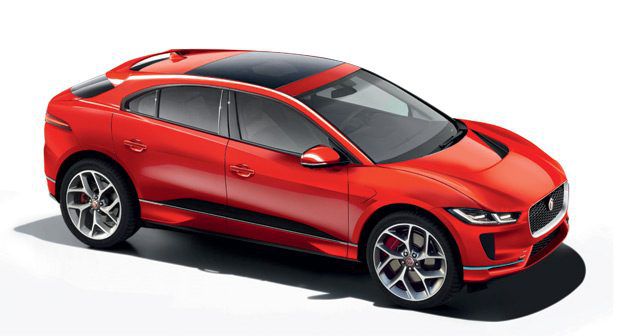
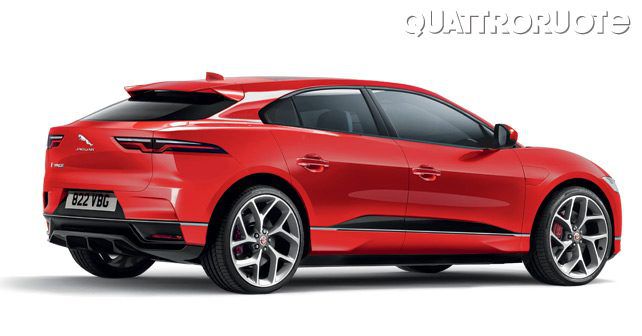
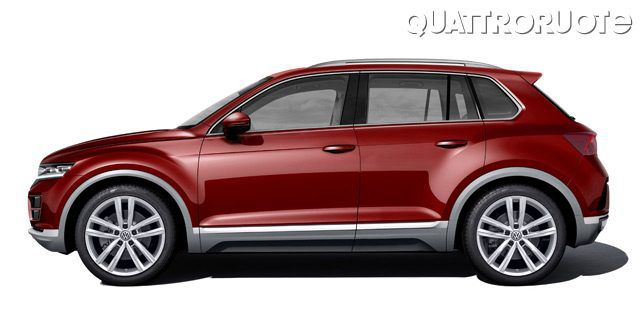



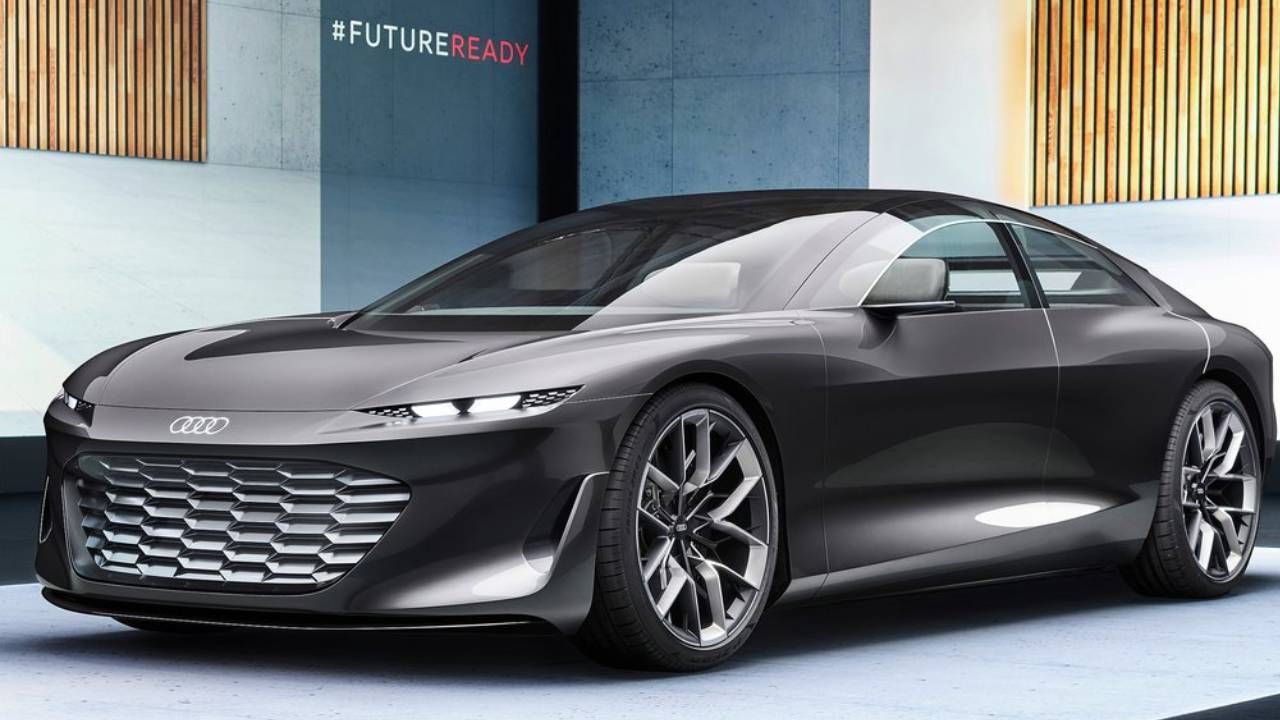
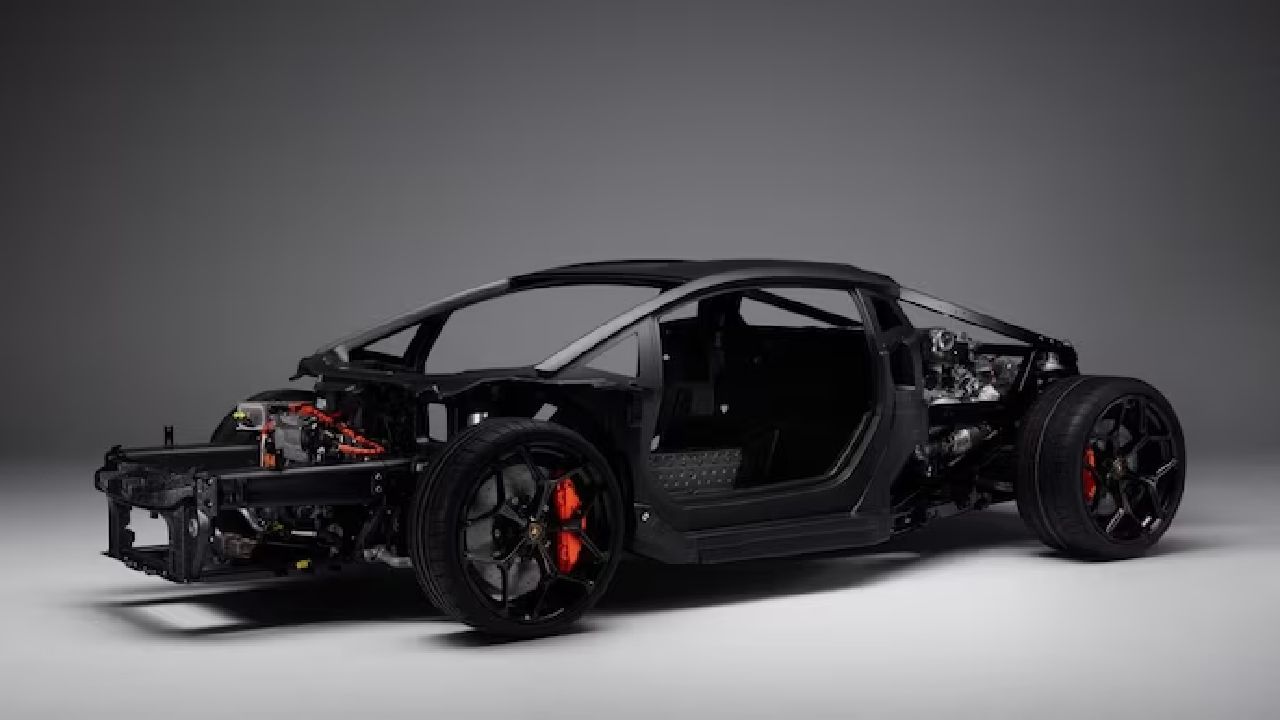
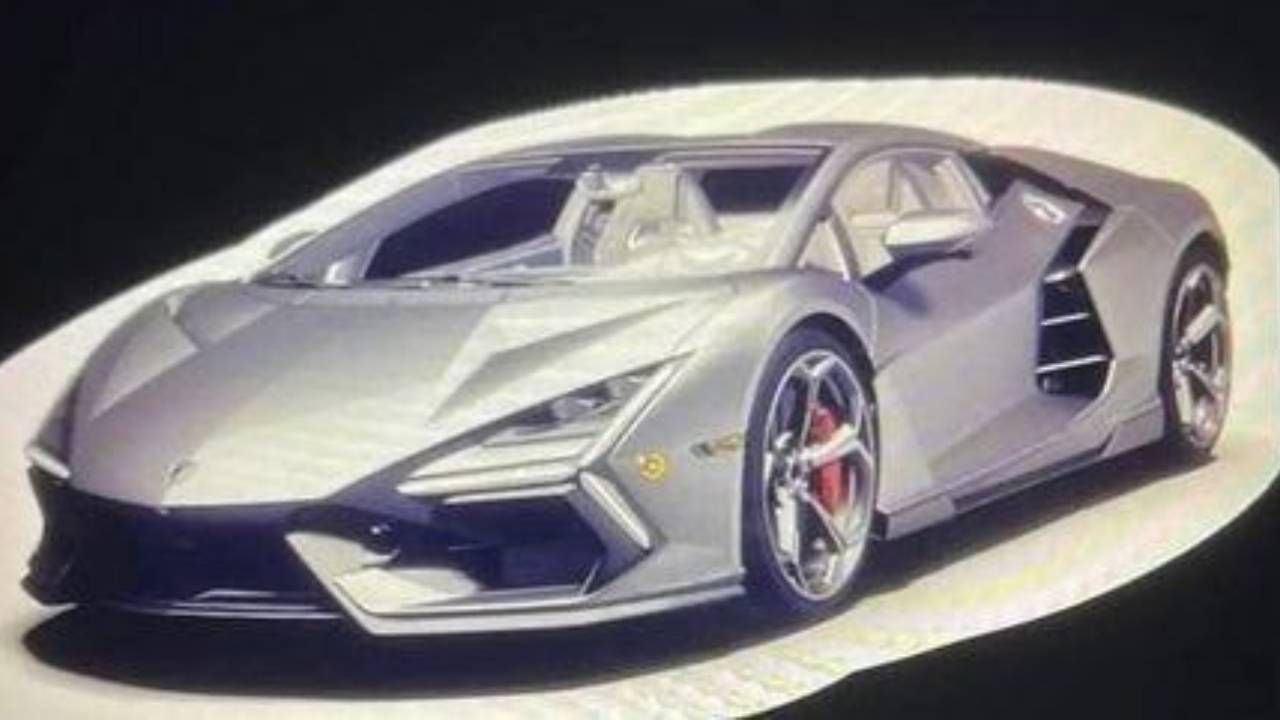
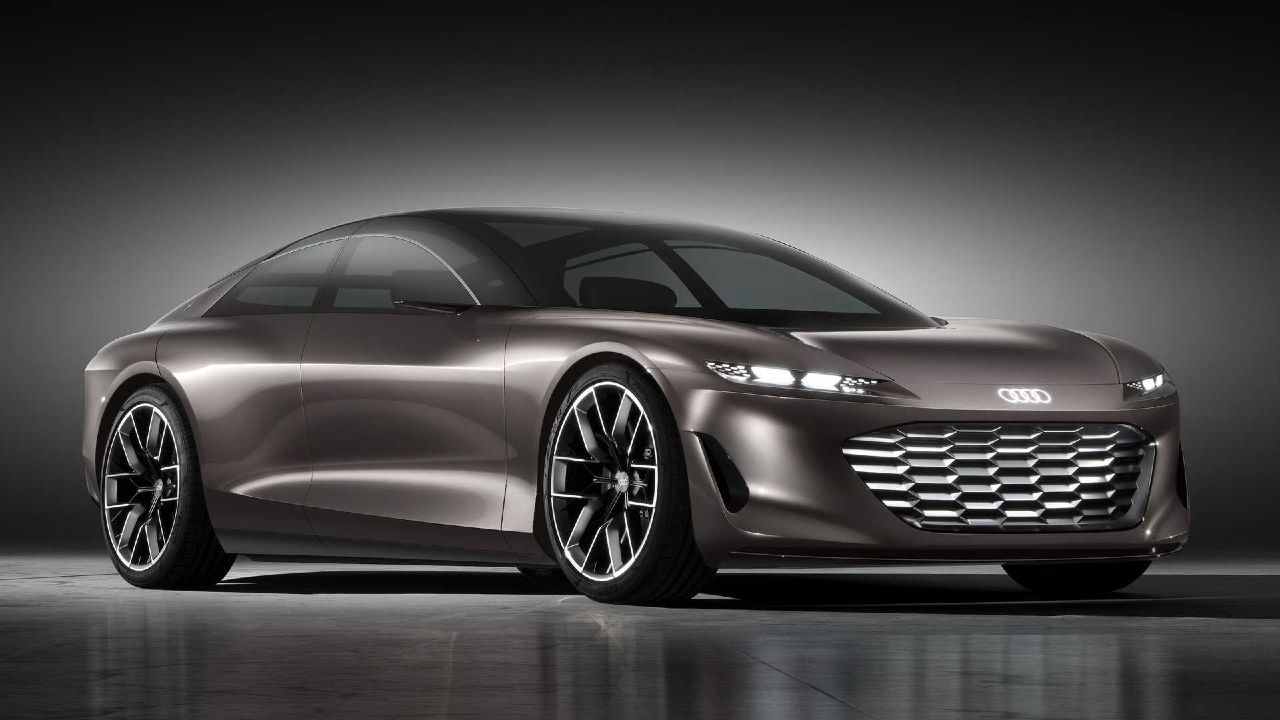

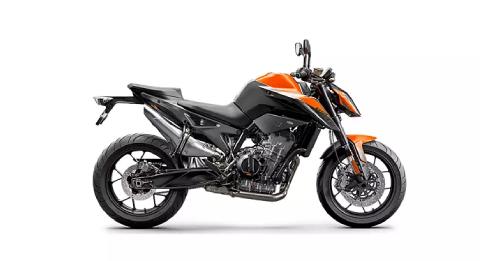
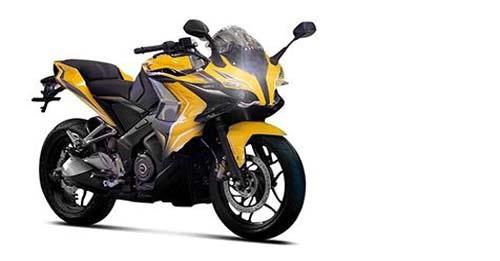
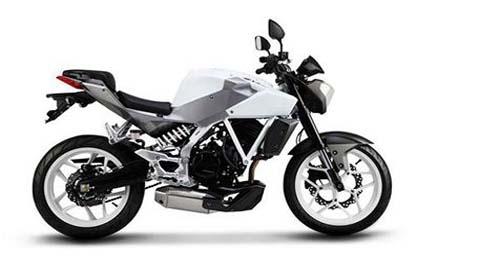
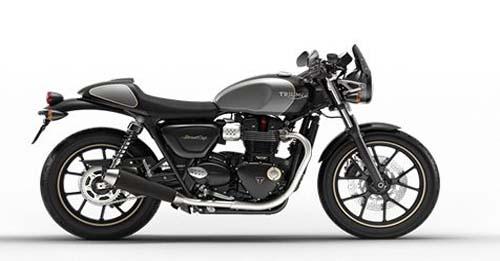

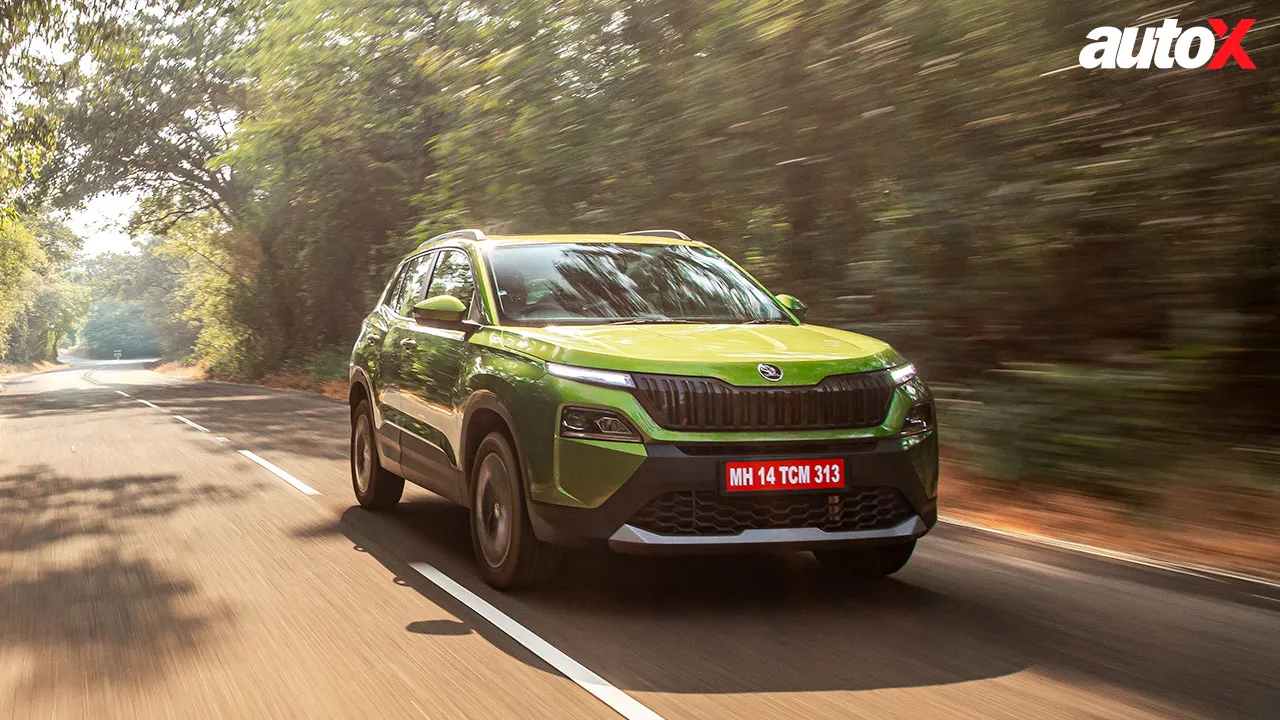

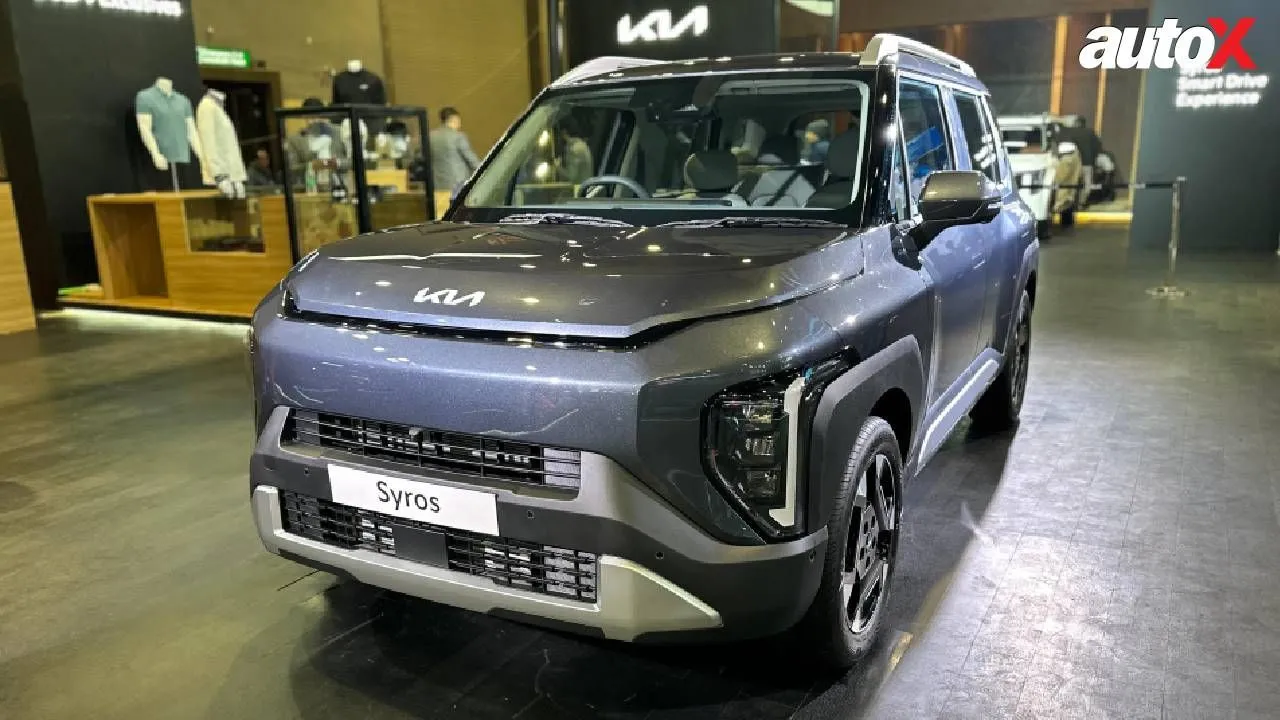
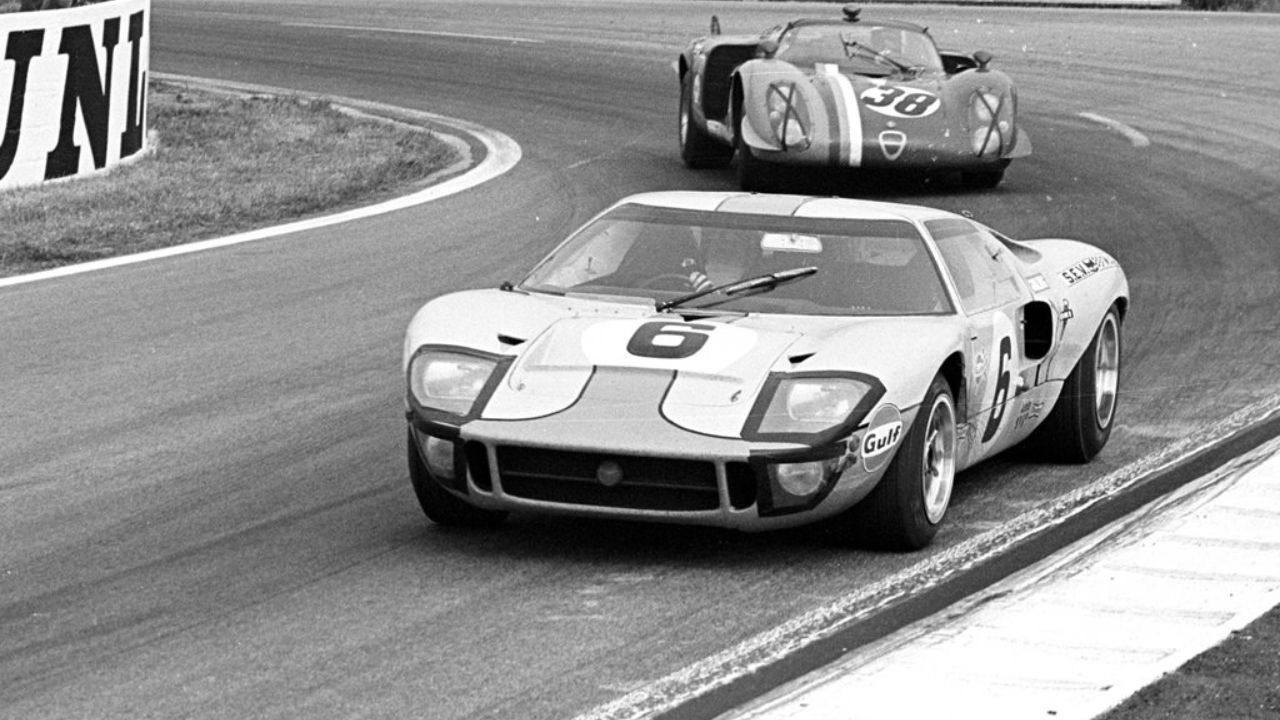
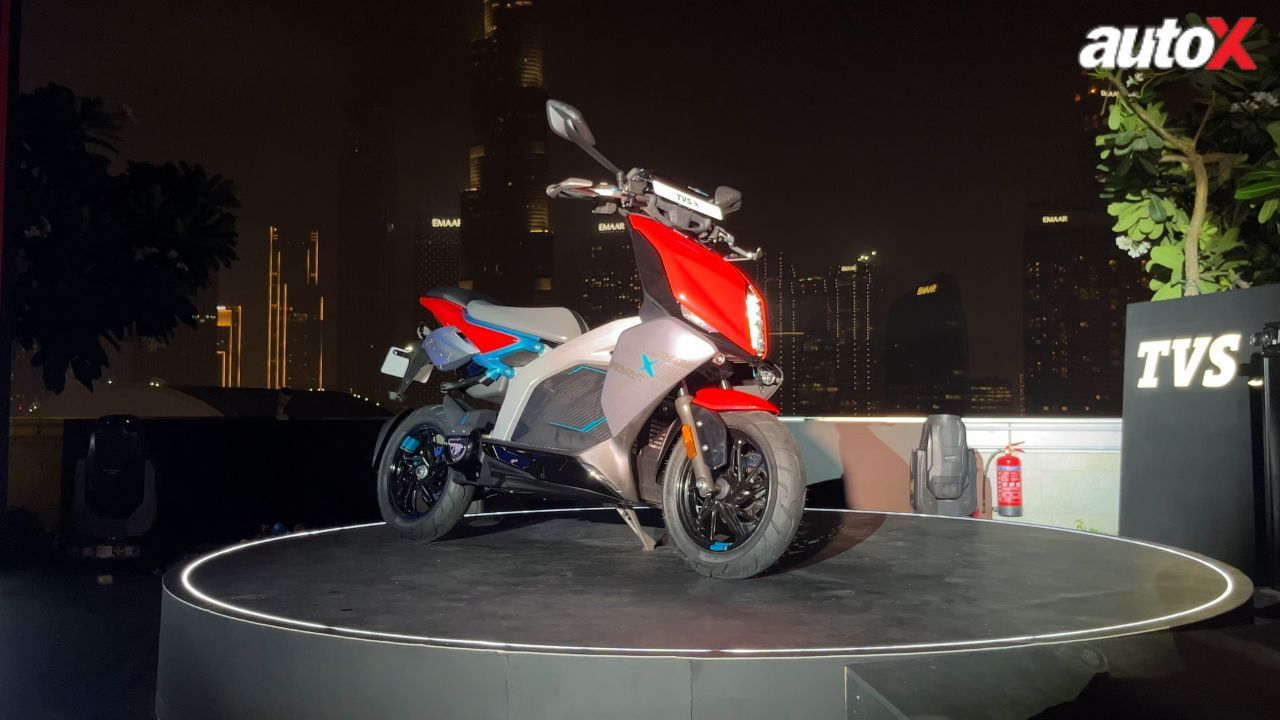

Write your Comment on